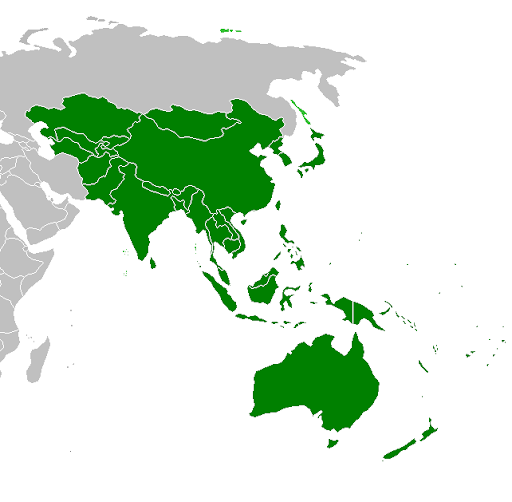Youth In Asia-Pacific: An Age Of Opportunity – OpEd
By Dr. Noeleen Heyzer
The recent Rio+20 United Nations Conference on Sustainable Development focused world attention on building the future we want. On the occasion of the International Youth Day, we should remember that we have a very precious resource in providing for a sustainable future, namely our young people.
Over 60 per cent of the world’s youth live in Asia and the Pacific, which translates into more than 750 million young women and men aged 15 to 24 years. They represent a key asset for the countries of our region.
The Asia-Pacific region has undoubtedly been the dynamic engine of global growth. Yet today’s generation of young people is growing up in a world of uncertainty. Volatility exists in the global economy and financial markets, high levels of unemployment are prevalent, education systems are being pressured to adapt to new and emerging needs, and there are many threats to the health and well-being of our youth.
A key challenge facing the Asia-Pacific region, but also the world over, is youth employment. The European sovereign debt crisis has reduced global demand, and Asia-Pacific has started to suffer as a result. Industrial output in several countries in East and South-East Asia is falling. With weak overseas demand, many export oriented manufacturing economies are beginning to contract. It is young people who will bear the brunt of these effects through a job squeeze and cuts in spending on social services.

As it is, youth employment is already often precarious. Young people abound in vulnerable employment where jobs are characterized by insecurity, low wages, poor working conditions and lack of social protection. This results in working poverty being significantly higher for young workers than for their older counterparts.
Almost 50 million young people are looking for jobs across the Asia-Pacific region. Lacking economic and social opportunities, many are forced into high-risk and vulnerable forms of employment. In the face of few prospects, others have given up on the job search.
Such vulnerability disproportionately affects women. Young women are particularly underrepresented in the labour market, and are thus an untapped resource for future economic growth and development. In South Asia, a mere 30 per cent of young women participate in the labour force, while the percentage is more than double that for young men.
In the face of rising inequality in the region, vulnerability in the labour market hits youth of lower socio-economic status hardest. This disadvantage begins well before the world of work given the correlation between family income and youth educational attainment. It is widely recognized that young people from lower income backgrounds have poorer educational outcomes than their better off peers, which in turn limits their employment prospects.
For young people, jobs provide a source not only of income, but also dignity and self-respect. In the absence of decent work, young people subsist on the margins of the economy and are particularly vulnerable to social exclusion, which breeds political instability.
The current situation points to the pressing need to ensure effective school-to-work transitions. We must invest more in education and training to prepare youth for the world of work. We need to pursue job-led growth by creating more, and better and greener jobs, for young people through the decent work agenda. We must provide for equal opportunities for young women and men, and promote an enabling environment for entrepreneurship. And we need to provide youth-friendly information and services to promote healthy lifestyle choices for youth and reduce harmful risk-taking behavior.
With the rapid ageing of many Asian societies, there is also a golden opportunity for us to strengthen inter-generational contracts as older workers today will have to rely on younger workers in the years to come.
Future economic growth is dependent upon our young people. Yet youth should not be seen as just a target group for which employment must be found. We must recognize young people as partners for development.
Across the world, youth from all walks of life are leading social movements and challenging the status quo. They are calling for political leadership that delivers greater accountability, opportunities and social justice. They are telling business and industry to promote more transparent, accountable and just business practices. And they are demanding that their voices be heard and their role be recognized not only as tomorrow’s future leaders, but as today’s partners.
We can provide young people with the opportunities to become effective leaders and participate meaningfully in the developments that shape their lives. There have been notable achievements in Asia and the Pacific with regard to the building of institutions, such as youth parliaments, and other mechanisms to support young people’s leadership and participation in national decision-making.
These successes need to be built upon, drawing from the dynamic energy and creative force of youth. We must reach out to all youth, regardless of ethnicity, gender, socio-economic status, or disability, to support their full development and participation in economic, social and political life. By investing in our youth the Asia-Pacific region can ensure a more inclusive, resilient and sustainable future for all.
Dr. Noeleen Heyzer, Under-Secretary-General of the United Nations and Executive Secretary of ESCAP
